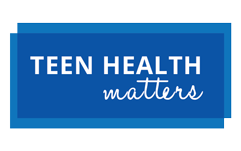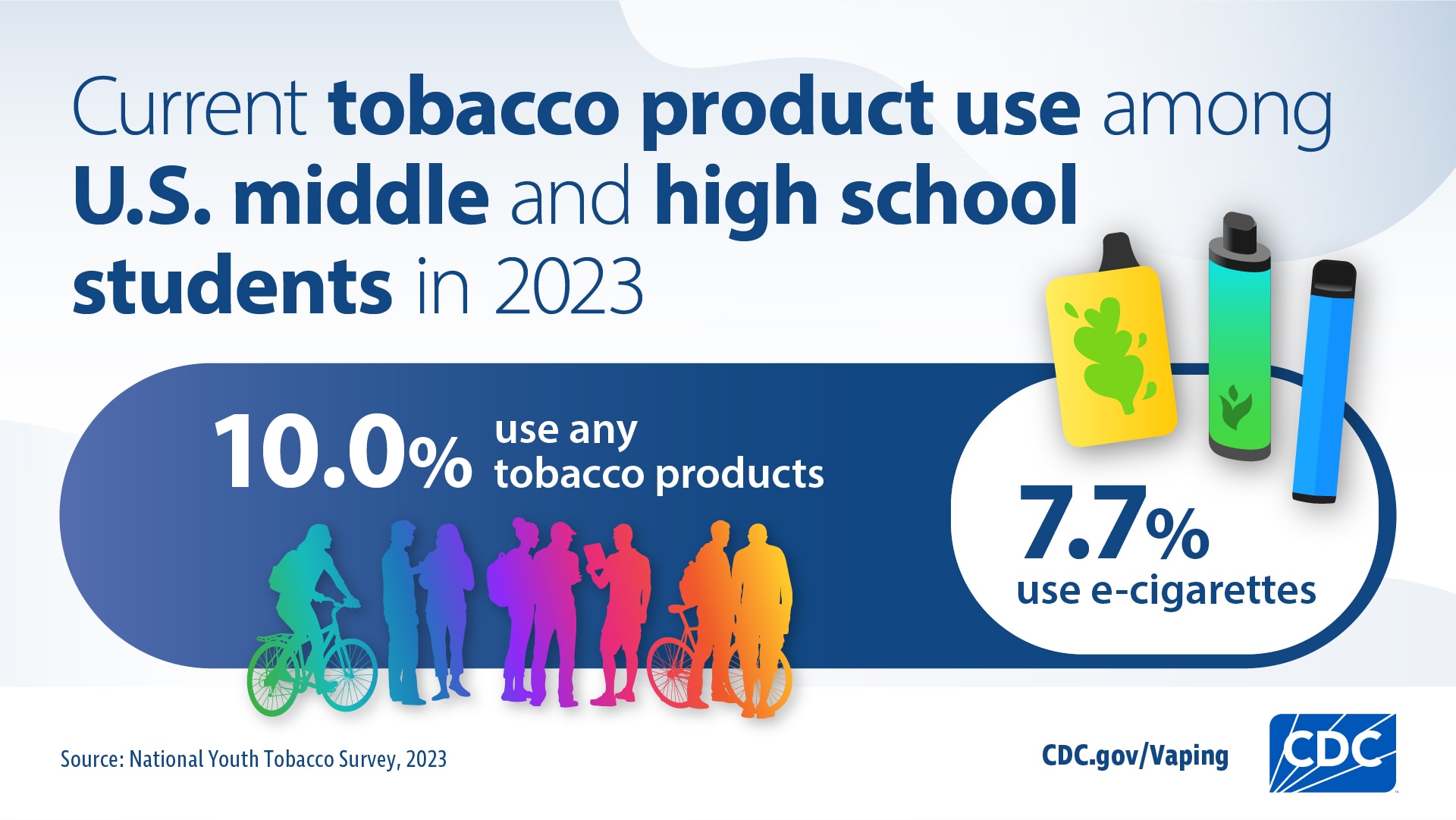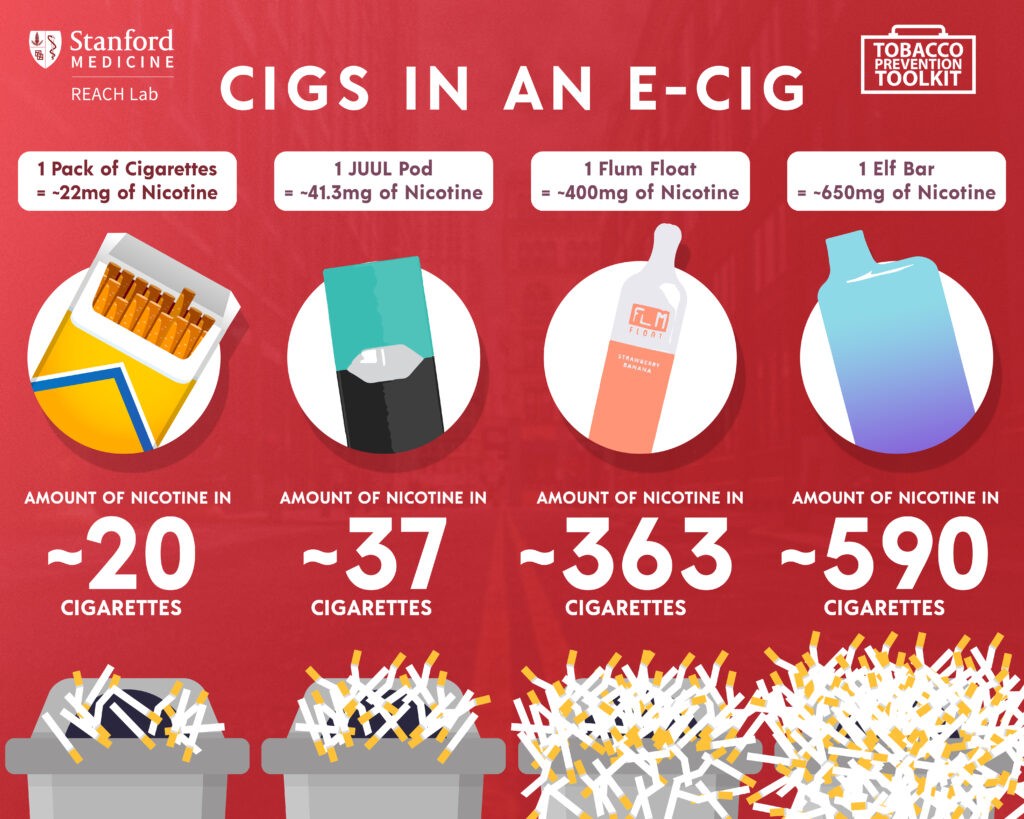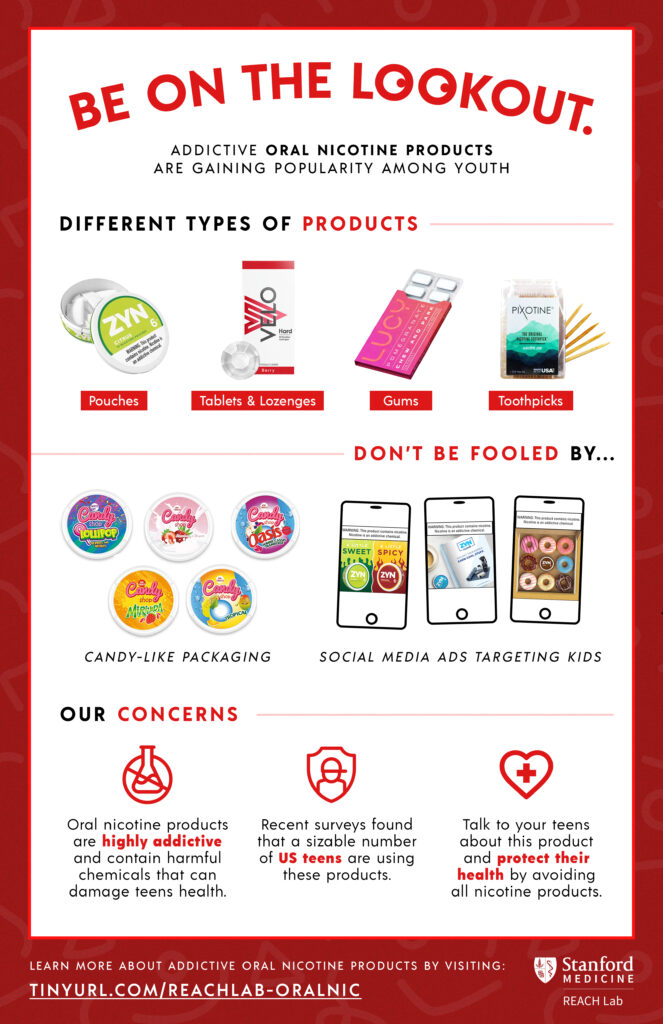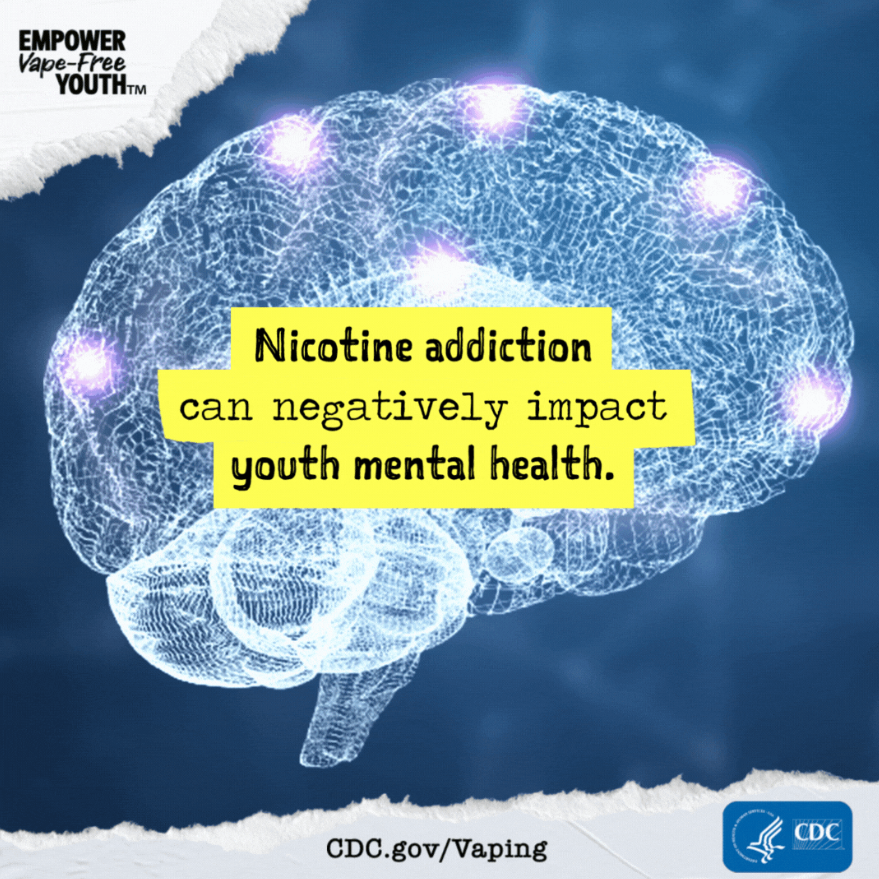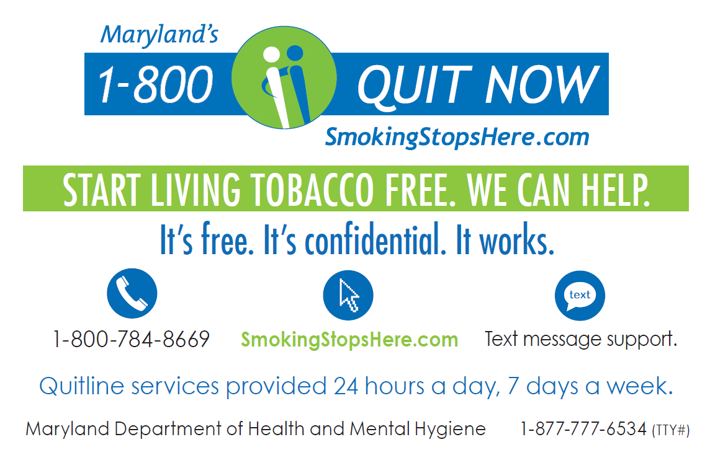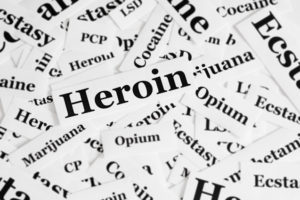 What are drugs?
What are drugs?
Drugs are chemicals and substances which have a physical or psychological effect when ingested or otherwise introduced into the body. Not all drugs are necessarily bad. Some drugs can be legal (e.g. alcohol, caffeine and tobacco) or illegal (e.g. cannabis, ecstasy, cocaine and heroin). Drugs can also refer to prescription or over-the-counter medicines. When drugs are abused or misused, they can cause significant harm, affecting parts of our bodies, such as either intensifying or dulling senses, making people more alert or sleepy, and even altering a person’s thinking, mood, or behavior.
Click here for a list of commonly used illegal drugs!
What are prescription drugs?
Prescription drugs are prescribed by doctors to treat medical conditions. Prescription drugs are also known as opioids, depressants, or stimulants. Abusing or misusing prescription drugs occurs when people use drugs that aren’t prescribed specifically for themselves. The misuse of these drugs can lead to addiction and even overdose deaths.
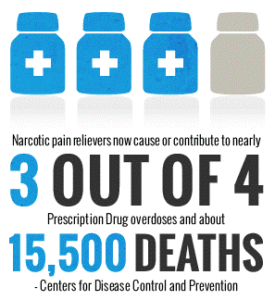
Factors that lead to drug addiction:
- Home environment
- Peer pressure
- Early use
- A history of mental health conditions, including anxiety and depression
What can drug use lead to?
Drug overdoses, either self-inflicted or unintentional. Unintentional drug overdoses are the result of taking drugs on purpose or mixing them together. There have been more accidental deaths than suicides due to drug use.
In 2017, there were a total of 5,455 deaths due to drug overdoses. 1,663 of those were females and 3,792 of those were male. 3,401 of those deaths were due to Heroin and other illicit opioids.
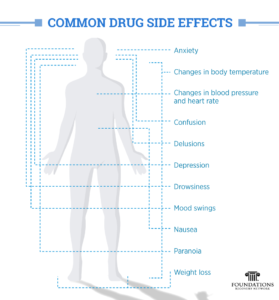
How do I know if someone has a drug problem?
The following questions do not indicate that someone is addicted, but answering yes to any of these questions may suggest a developing problem.
- Have you ever ridden in a car driven by someone (including yourself) who had been using alcohol or drugs?
- Do you ever use alcohol or drugs to relax, to feel better about yourself, or to fit in?
- Do you ever use alcohol or drugs when you are alone?
- Do you ever forget things you did while using alcohol or drugs?
- Do family or friends ever tell you to cut down on your use of alcohol or drugs?
- Have you ever gotten into trouble while you were using alcohol or drugs?
How can I get help (for myself or someone else)?
Grassroots Crisis Intervention provides daily walk-in drug abuse screenings and treatment referrals.
Call: 410-531-6677
OR
HCHD Peer Recovery Specialists provide substance use resources, support, harm reduction services, and referrals.
Call: 667-203-1253
OR
Call/Text the 988 Suicide & Crisis Lifeline at 9-8-8 (they cover issues other than suicide and will connect you with someone close by)
OR
Call Substance Abuse Treatment Facility Locator at 1-800-662-HELP
OR
Look for a treatment center online at https://findtreatment.samhsa.gov/
For more information, check out NIDA’s “Easy-to-Read” Drugs facts page at https://easyread.drugabuse.gov/
Content Source:
https://teens.drugabuse.gov/drug-facts/brain-and-addiction
https://teens.drugabuse.gov/drug-facts/drug-overdoses-youth.
Did you know that excessive drinking is responsible for more than 4,300 deaths among underage youth each year?
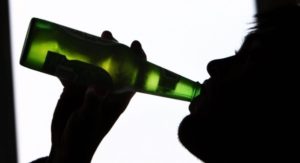
Alcohol is the most commonly used and abused drug in the United States. There are many different ways that misuse can be handled and even prevented. The first step is to become more aware and understand the effects of alcohol on your body, especially since it impacts all people differently. These differences are due to experience, genetics, history of dependence with you or someone in your family, psychiatric disorders, environmental factors, and more. Oftentimes, the consequences and risks increase due to those factors.
Why Do Some Adolescents Drink?
- Risk Taking
- Expectancy
- Sensitivity and Tolerance to Alcohol
- Personality traits and Psychiatric Conditions
- Heredity Factors
- Environmental Aspects
What Are Some Health Risks?
- Brain effects/defects
- Development delays
- Liver damage
- Growth and Endocrine Effects
- Overdose/ sudden death
Warning signs that someone may have a substance abuse problem:
- Relying on drugs or alcohol to have fun, forget problems, or relax
- Having blackouts
- Drinking or using drugs while alone
- Withdrawing or keeping secrets from friends or family
- Losing interest in activities that used to be important
- Performing differently in school (such as grades dropping and frequent absences)
- Building an increased tolerance to alcohol or drugs — gradually needing more and more of the substance to get the same feeling
- Lying, stealing, or selling stuff to get money for drugs or alcohol
Reasons to Drink Less or Stop Drinking
- Health risks
- Religious reasons
- Be a role model for youth and others
- Save money
- No hangovers
- No legal troubles relating to consumption
- You will look and feel better
- There are other, more productive ways to have fun
How Can We Prevent, or Lessen the Consequences of Underage Drinking?
- Limit alcohol consumption and usage
- Tell your friends and family to limit alcohol consumption or usage
- Spread awareness to your communities about the consequences of underage drinking
- Look out for one another. Take care of those that are seemingly intoxicated, and take appropriate action when necessary
Think you may have a drinking/drug problem? Here’s what to do!
Have you heard your friends or family say they think you have a drinking or drug problem? It’s usually hard for people to recognize they have a problem, which is why friends or family often step in.
Using alcohol or drugs regularly is usually just a step away from addiction. We understand quitting can be hard to do, but help is available! Talk to someone you trust so you don’t have to deal with the problem alone. Adults are preferred because they can often better support you in many ways.
There are also plenty of resources available for people with substance abuse problems. Alcoholics Anonymous and Narcotics Anonymous offer information and recovery programs for teens.
You can also call SAMHSA’s National Helpline at 1-800-662-HELP (4357). It’s a confidential, free, 24-hour-a-day, 365-day-a-year, information service, in English and Spanish, for individuals and family members facing mental and/or substance use disorders.
Content Source:
http://www.powerofyouth.com/
https://www.cdc.gov/alcohol/fact-sheets/underage-drinking.htm
Smoking nicotine:
Cigarette smoking remains the leading cause of preventable disease, disability, and death in the United States, accounting for more than 480,000 deaths every year, or about 1 in 5 deaths. (Source: https://www.cdc.gov/tobacco/data_statistics/fact_sheets/adult_data/cig_smoking/index.htm)
There are approximately 600 ingredients in cigarettes. When burned, cigarettes create more than 7,000 chemicals. At least 69 of these chemicals are known to cause cancer, and many are toxic. (Source: https://www.lung.org/quit-smoking/smoking-facts/whats-in-a-cigarette)
Vaping nicotine:
E-cigarettes are devices that heat a liquid into an aerosol, which a person breathes in. Other people can also breathe in this aerosol when the person vaping breathes out. The aerosol produced by an e-cigarette usually has flavoring, nicotine, and other harmful and potentially harmful chemicals in it. Nicotine is a highly addictive substance. (Source: https://www.cdc.gov/tobacco/basic_information/e-cigarettes/pdfs/osh-EVFY-fact-sheet-for-educators-508.pdf)
- https://www.lung.org/quit-smoking/helping-teens-quit/what-teens-should-know
- https://www.thetruth.com/article/vaping-stress
- E-cigarettes authorized by FDA for use by those 21 years and older
Oral nicotine:
Oral nicotine products contain nicotine that is absorbed into the bloodstream through membranes in the mouth, similar to smokeless tobacco products like dip, chew, or snus. However, unlike smokeless products, oral nicotine products do not contain tobacco leaf, but instead contain nicotine that is derived from tobacco in a lab or manufactured synthetically. (Source: https://truthinitiative.org/research-resources/tobacco-industry-marketing/how-popular-are-oral-nicotine-pouches-and-lozenges)
Nicotine addiction:
When someone addicted to nicotine stops using it, their body and brain have to adjust. This can result in temporary symptoms of nicotine withdrawal which may include:
- Feeling irritable, jumpy, restless, or anxious
- Feeling sad or down
- Having trouble sleeping
- Having a hard time concentrating
- Feeling hungry
- Craving nicotine
Withdrawal symptoms fade over time as the brain gets used to not having nicotine.
Resources to STOP using nicotine:
- Marylanders 13-17 years old can text VAPEFREE to 873-373 for tips and support
- The Maryland Tobacco Quitline
- SmokeFree Teen
- This is Quitting
Additional resources for youth, parents, teachers, administrators, and healthcare providers:
- Maryland Department of Health Center for Tobacco Prevention and Control
- CDC:
- Tobacco Education Resource Library
- Stanford Tobacco Toolkit by Age:
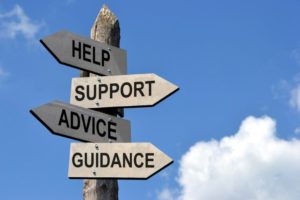
Substance Use Resources
Asking for Help is A Sign of Strength
Howard County Health Department Bureau of Behavioral Health
Provides referrals to outpatient treatment, detoxification programs, and inpatient substance use disorder treatment.
Call 410-313-6202 to request substance use information, resources, and referrals from the Bureau of Behavioral Health.
Click here for a list of Adolescent Substance Use Resources in Howard County.
Howard County Opioid Help
- If you are having a medical emergency, call 9-1-1
- If you need crisis assistance dial 2-1-1, press 1
- Opioid Overdose Response training and Naloxone distribution at the Howard County Health Department.
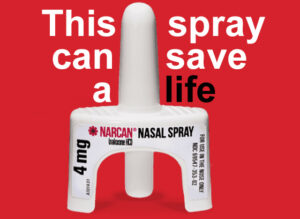
HC DrugFree
Provides prevention, treatment, recovery, health and wellness resources to help Howard County residents develop knowledge and skills to understand and address behavioral health disorders.
Wilde Lake Community Association
5305 Village Center Dr #206, Columbia, MD 21044
443.325.0040
Tobacco Cessation Resources
- Marylanders 13-17 years old can text VAPEFREE to 873-373 for tips and support
- The Maryland Tobacco Quitline
- SmokeFree Teen
- This is Quitting
Additional Resources for youth, parents, teachers, administrators, and healthcare providers
- Maryland Department of Health Center for Tobacco Prevention and Control
- CDC:
- Tobacco Education Resource Library
- Stanford Tobacco Toolkit by Age:
